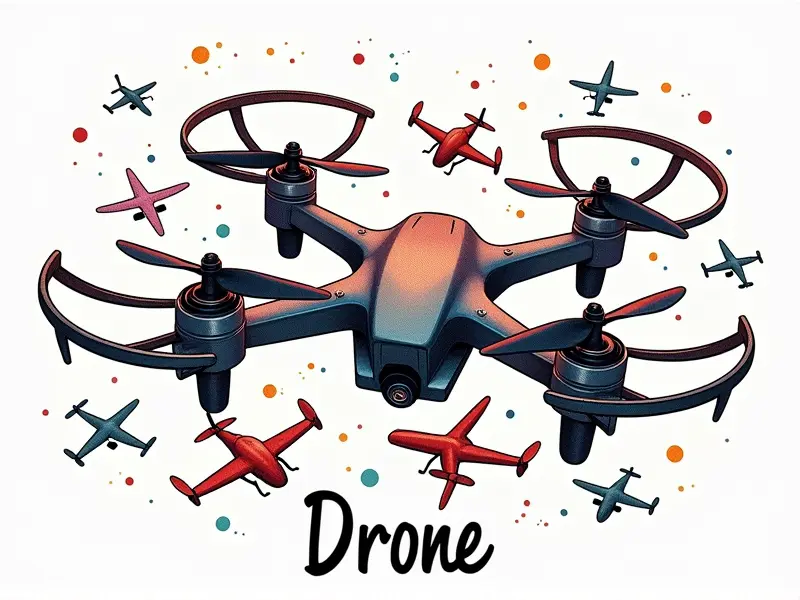Is it legal to fly a Syma drone?

Is Flying a Syma Drone Legal?
Flying a Syma drone in the United States is subject to specific regulations and laws established by the Federal Aviation Administration (FAA). These rules are designed to ensure safety, privacy, and compliance with federal guidelines. Whether you're an amateur hobbyist or a professional photographer looking to capture aerial shots, understanding these legalities is crucial.
Can You Legally Fly Your Syma Drone?
The legality of flying your Syma drone depends on several factors including location, purpose, and operational conditions. Before taking off, ensure you comply with local regulations and obtain any necessary permits or certifications.
Syma Drone Laws: What You Need to Know
- Registration: All drones weighing between 0.55 pounds (257 grams) and 55 pounds (25 kilograms), including Syma models, must be registered with the FAA.
- Pilot Certification: Operators of small unmanned aircraft systems (sUAS) are required to pass an aeronautical knowledge test and obtain a Remote Pilot Certificate from the FAA.
- Operational Rules: Drones must be flown below 400 feet, within visual line-of-sight, and not interfere with manned aircraft operations or emergency response activities.
Are Syma Drones Allowed in My Area?
The legality of flying a Syma drone varies by location. In some areas, local ordinances may impose additional restrictions on the use of drones for privacy reasons or to prevent disturbances in residential zones.
Syma Drone Regulations Explained
- Privacy Laws: Many states have enacted laws protecting individuals from unauthorized drone surveillance. Ensure you are aware of these regulations before flying over private property.
- National Parks and Wildlife Reserves: Flying drones in national parks or wildlife reserves is generally prohibited to protect natural habitats and wildlife.
The Legalities of Operating Syma Drones
Operating a Syma drone involves adhering to both federal and state laws. The FAA's Part 107 regulations provide the framework for commercial and recreational use, while local authorities may impose additional restrictions or requirements.
Understanding Syma Drone Flying Restrictions
- No-Fly Zones: Areas such as airports, military bases, and government facilities are off-limits to drone operations due to security concerns.
- Nighttime Operations: Drones must be equipped with anti-collision lighting if flown at night or in low-visibility conditions.
Where Can I Legally Fly My Syma Drone?
Finding legal locations to fly your Syma drone can be challenging. Public parks, open fields, and other designated recreational areas are often suitable options as long as they do not fall within restricted airspace or violate local ordinances.
Rules for Flying Syma Drones Explained
- Airspace Authorization: For commercial operations beyond visual line-of-sight, you may need to obtain a waiver from the FAA under Part 107 rules.
- Data Privacy Compliance: When using drones for data collection or photography, ensure compliance with privacy laws and regulations concerning personal information.
What You Need to Know About Syma Drone Laws
Before flying your Syma drone, it is essential to familiarize yourself with the FAA's guidelines and any local restrictions that may apply. This includes understanding the registration process, operational rules, and safety requirements.
Can I Legally Use My Syma Drone?
- Check Local Regulations: Verify if your area has specific ordinances regarding drone usage before flying.
- Purchase Liability Insurance: Consider obtaining liability insurance to cover potential damages or injuries caused by your drone.
Conclusion
Flying a Syma drone legally requires careful consideration of federal and local regulations. By adhering to the FAA's guidelines, registering your drone, and respecting privacy laws, you can enjoy responsible and lawful use of your aerial equipment. Always stay informed about updates in drone legislation to ensure ongoing compliance.

